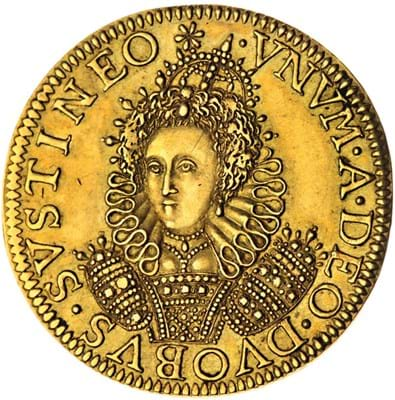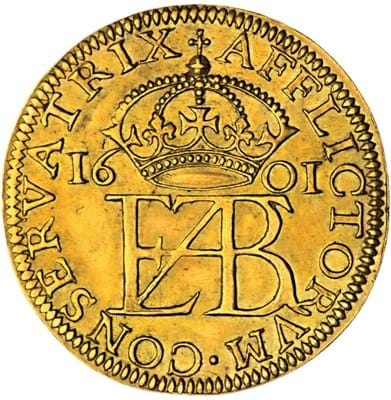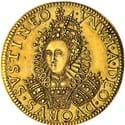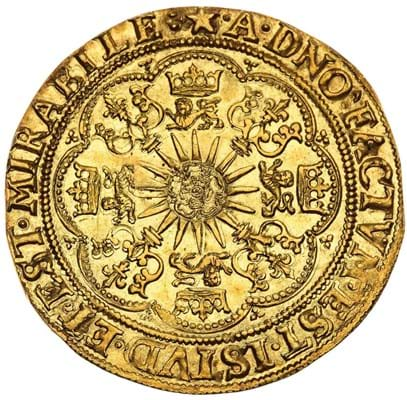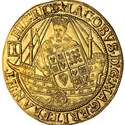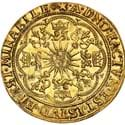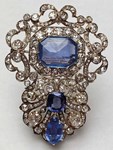When Spink offered the first parcel of coins from the fabled cabinet of Bradford steeplejack Horace Hird (1899- 1973) it advertised at the time that it would be followed up with selections ‘soon’ after.
‘Soon’ became about 60 years – but the wait was worth it.
It had been thought the entire collection amassed by Hird, a former president of the Yorkshire Numismatic Society and Lord Mayor of Bradford, had been sold or gifted before his death in 1973. However, 52 hammered gold coins were recently rediscovered by his family.
A descendant contacted Spink and the coins were assessed still wrapped up, with their original paperwork.
Spink said they comprised some of the “most exclusive and elusive rarities of Tudor, Stuart and Commonwealth England, most unseen in public since Horace Hird purchased them in the 1950s”.
The September 28 sale, offered alongside the Coinex event in Mayfair, included several unique coins as well as many more for which these are the only representative coins in private hands.
The highest price came for what the saleroom termed an “astonishing rarity”: a gold pattern for the Afflictorum Conservatrix groat, struck in 1601, the year of Elizabeth I’s ‘Golden Speech’ to Parliament. The design includes an iconic image of the Virgin Queen by Nicholas Hilliard.
It is one of only two recorded in gold and is deemed ‘extremely fine’. The last example offered at auction was sold in October 1956.
This coin (the other extant) has a provenance dating back to the mid 18th century and was last sold at auction at Glendining in 1949 when it was bought by Baldwin for Hird at £135. Estimated at £10,000- 15,000 at Spink, it made £400,000 (plus 20% buyer’s premium).
The price is an auction high for an Elizabethan numismatic item and a house record for the Spink coin department. All 52 lots sold for a premium-inclusive total of £2.8m.
The auction also included a series of Elizabethan and Jacobean gold ryals, one of the rarest denominations of the period. Previewed in ATG No 2508, an Elizabeth I ship ryal had a value when issued of 15 shillings when it was struck at the Tower of London around June 1587. It made £170,000 against a guide of £40,000-60,000.
A ‘Ship Noble’ or ‘Spur Ryal’, from the James I period, 1611-12, went for £260,000 (estimate £50,000- 80,000).
Hird gave his collection of ancient Scottish coins to the Ashmolean Museum, Oxford, and he also donated more than 1000 coins, dating from the Iron Age to William IV and a collection of 17th century Yorkshire and Derbyshire-related tokens to the University of Leeds.


